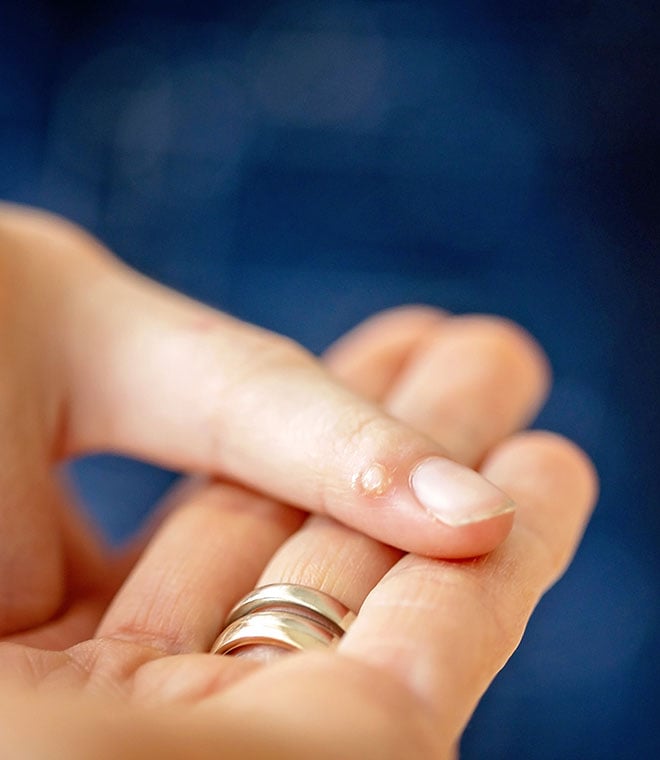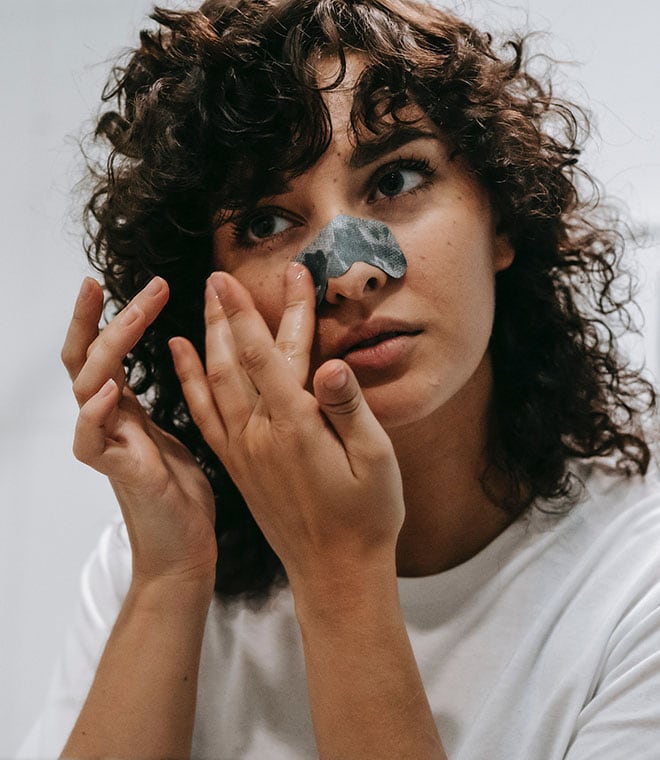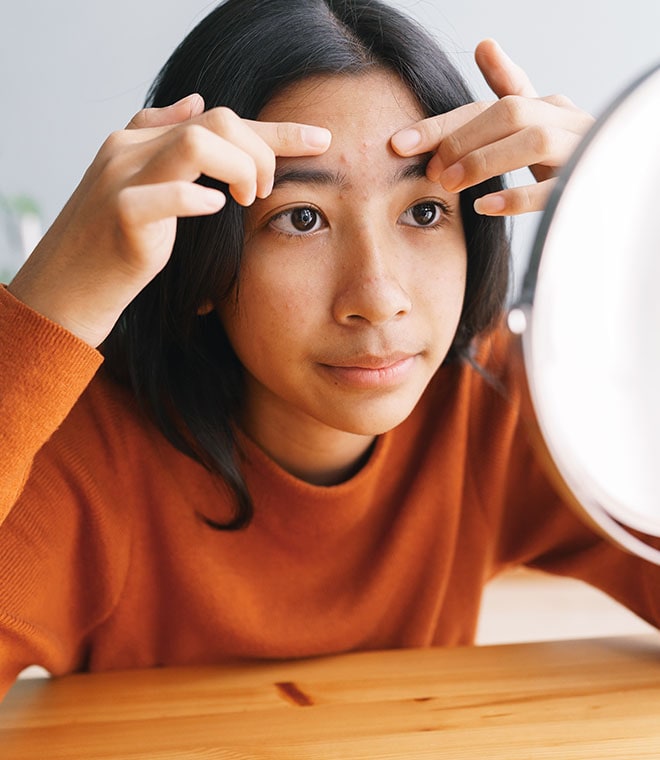Health
What is photosensitivity?
By Anna H. Chacon, MD, Fellow of the American Academy of Dermatology Aug 19, 2024 • 6 min
The sun’s intense ultraviolet rays pose risks for people of all ages, skin types and skin tones. For some, the effects of sun exposure are even more pronounced. These individuals may have photosensitivity, a condition that makes sun protection incredibly important.
Photosensitivity defined
In simplest terms, photosensitivity is sensitivity to sun exposure. For some people, being photosensitive means the effects of being in the sun are more intense. They may burn more quickly than others.
Other people with photosensitivity may experience an immune system reaction when they spend time in the sun. The reaction typically results in a rash, which may accompany other symptoms.
Types of photosensitivity and symptoms
Rather than a single condition, photosensitivity is a broad term that includes three types of reactions, each with its own symptoms.
1. Solar urticaria: Caused by an immune system reaction, solar urticaria is the term for hives that develop due to sun exposure. The rash may consist of small bumps or large welts, and it’s usually itchy. Hives often develop on exposed skin areas within a few minutes of sun exposure, and they may last for minutes or hours. Some people experience other symptoms, such as headaches, fatigue and nausea.
2. Chemical photosensitivity: A common form of sun sensitivity, chemical photosensitivity occurs due to changes caused by a substance that’s ingested or applied to the skin. There are two types of chemical photosensitivity:
- Phototoxicity: Usually affecting only areas of skin exposed to the sun, phototoxicity can cause redness and inflammation that looks and feels similar to a sunburn. Some people may also notice dark discoloration in affected areas.
- Photoallergic reaction: A rarer type of chemical photosensitivity, a photoallergic reaction can develop on any part of the body, even those not exposed to sunlight. The rash is usually red and itchy. Some people may also develop scaly skin or blisters.
More than 100 substances can cause chemical photosensitivity, including:
- Medications: Oral drugs like tetracyclines and diuretics as well as some topical medications can cause photosensitivity.
- Skin care products: Ingredients found in some serums, lotions, creams, aftershaves and even sunscreens can trigger chemical photosensitivity. Retinols, benzoyl peroxide and glycolic acid are some common examples.
- Foods: Compounds found in certain fruits, vegetables and herbs, such as parsley, celery and limes, have been shown to trigger chemical photosensitivity in some people.
3. Polymorphous light eruption: Although relatively common, polymorphous light eruption is not as well understood as other forms of photosensitivity. Medical research has yet to determine exactly what causes it. However, women and people from northern regions of the U.S. seem to be at a greater risk of developing the condition.
Polymorphous light eruption usually causes a hive-like rash or thickened red patches of skin known as plaques. Less often, people with the condition develop blisters. The skin reaction may occur within 30 minutes to a few hours after sun exposure, and it may persist for days or weeks.
Diagnosis and treatment of photosensitivity
Healthcare providers often diagnose photosensitivity based only on examining and discussing a patient’s symptoms. They may order a skin patch test, which involves exposing an area to UV light and observing the response.
Treatments for photosensitivity depend on the type that you have, as follows:
- Solar urticaria: For solar urticaria, healthcare providers commonly prescribe medications that lessen the immune response to sun exposure, such as corticosteroids or antihistamines.
- Chemical photosensitivity: Generally, the treatment for chemical photosensitivity is to avoid substances that increase sun sensitivity, when possible. Corticosteroids may also lessen the immune system's response to the sun.
- Polymorphous light eruption: Corticosteroids and hydroxychloroquine are the most common treatments for polymorphous light eruption.
Sun protection for photosensitivity
If you experience photosensitivity reactions, your healthcare provider will likely recommend that you take extra sun protection precautions when you’ll be spending time outdoors by:
- Always applying a broad-spectrum sunscreen with a sun protection factor (SPF) value of 30 or higher 20 minutes before going outside and reapplying once every two hours, or more frequently if you’re swimming or heavily perspiring
- Wearing sun-protective clothing as well as a hat
- Avoiding time outdoors between 10 am and 4 pm when the sun’s rays are most intense
- Seeking shade or using a sun umbrella when spending time outside
Updated August 2024.
Sources:
- https://www.skincancer.org/risk-factors/photosensitivity/
- https://www.merckmanuals.com/home/skin-disorders/sunlight-and-skin-damage/photosensitivity-reactions
- https://www.skincancer.org/blog/what-you-need-to-know-about-photosensitivity/
- https://www.aad.org/public/everyday-care/sun-protection/shade-clothing-sunscreen/practice-safe-sun
- https://www.skincancer.org/blog/when-beauty-products-cause-sun-sensitivity/
- https://www.mayoclinic.org/drugs-supplements/benzoyl-peroxide-topical-route/side-effects/drg-20062425?
- https://www.fda.gov/drugs/special-features/sun-and-your-medicine
- https://www.epa.gov/radtown/ultraviolet-uv-radiation-and-sun-exposure



